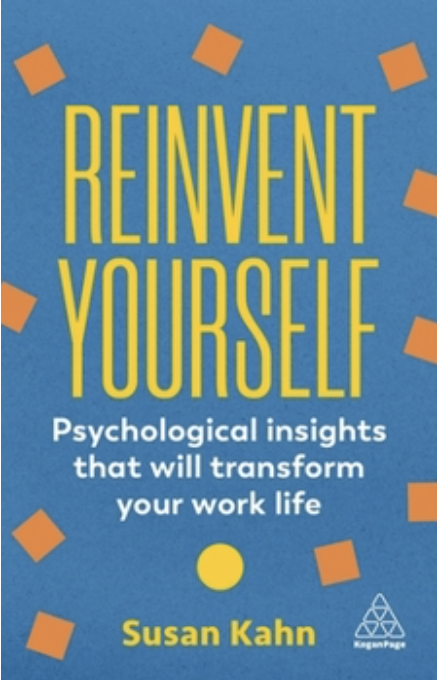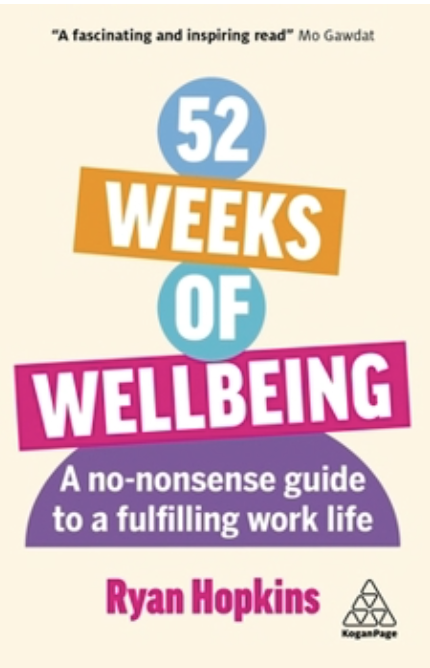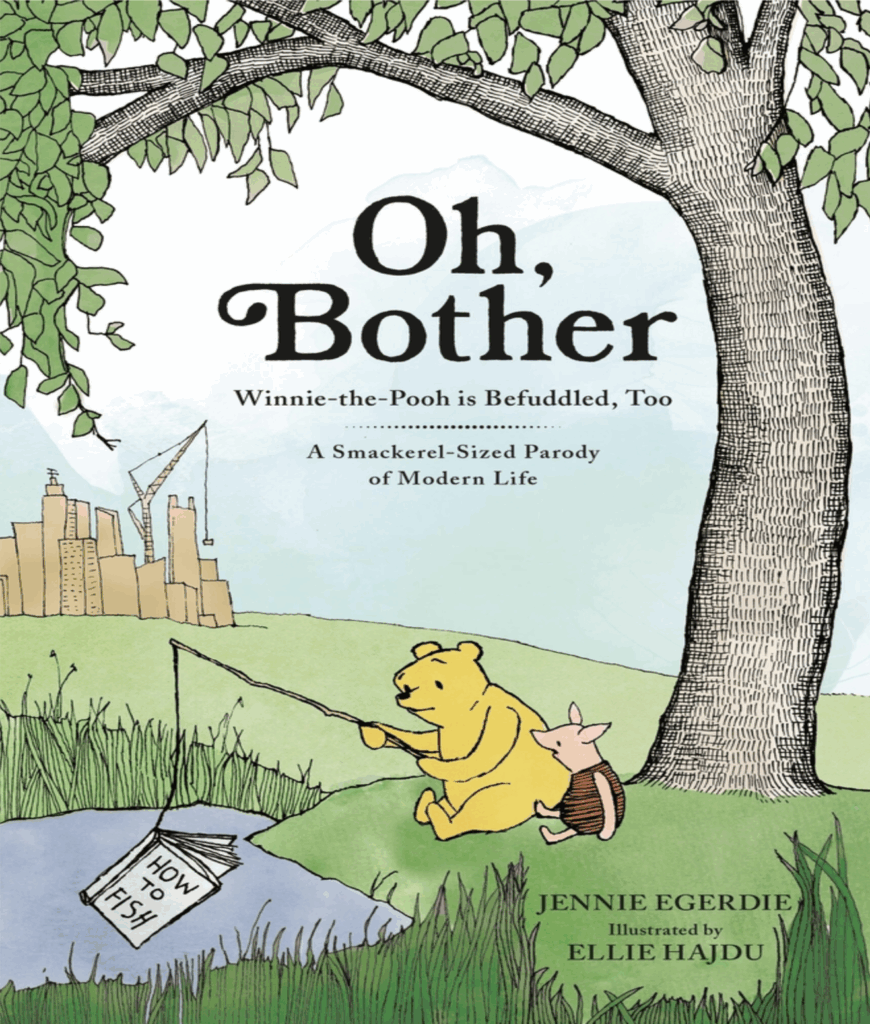Book Reviews: Work Balance

Reinvent Yourself: Psychological Insights That Will Transform Your Work Life
Susan Kahn. New York, NY: Kogan Page Ltd. 2024. 258 pages, including index.
Index Terms—change management, personal reinvention, psychological insights, work life transformation
Reviewed by Charlotte Weddington, Technical Writer, Hunter Douglas.
From the author of “Bounce Back: How to Fail Fast and Be Resilient at Work” comes a new book, Reinvent Yourself: Psychological insights that will transform your work life. Susan Kahn begins by discussing the moments we experience in our working lives: our first job, returning to work after parental leave, promotions, gaining expertise in our field, and sometimes layoffs or voluntary retirement. On top of that, we may experience returning to work after an illness or injury, relationship break-ups, or mourning the loss of someone important. We all have depth and breadth to what is going on in our internal and external working lives. She broaches issues like, “Why am I working?,” “Work or Career?,” and “Can we really change?”
In Chapter 2, “Begin with the Endings,” Kahn focuses on our moments of uncertainty, moments of failure, and moments when we may need to push ourselves into unfamiliar territory. She talks about recognizing our mortality, the pain of regret, and liminality. Chapter 3, “Planning your Future Self”, covers a wide range of topics, including self-doubt, procrastination, making lists, identity foreclosure, and the difference between uncertainty and safety. Kahn devotes Chapter 4, “Inside your Mind,” to the neuroscience of getting where you want to be with topics including the language of the brain, myths and assumptions, optimism versus pessimism, and the illusion of control.
Kahn also discusses the role that age plays in a person’s ability to embrace change in Chapter 5, “The Age of Reinvention.” Age can be limiting when a person feels too young or too old, or when a person has decided that there is a “right time” for something to occur (p. 113). Other topics include ageism and a summary of work-related generational stereotypes. In Chapter 6, “Leader or Follower?”, Kahn focuses on thought leadership, the reluctant leader, and the question “Leader or follower: do we have to choose?”.
In Chapter 7, Kahn discusses moving from stuck to unstuck (the chapter title). Her focus here is on recovering and overcoming. Topics include: “Are you embedded at work?,” fear of failure, fear of success, procrastination, perfectionism, and toxic productivity. Lastly, in Chapter 8, she details how to “Build your Support Network”. Her list includes working with a coach, mentor, or thinking partner, online communities, and networking.
One exercise, “Mental Time Travel,” where Kahn asks you to envision potential futures for yourself tomorrow, one year from today, and ten years from today, and to write them down. Questions include: “What will I be wearing? Who will be with me? Where will I be? What tasks will I tackle? What challenges will I face? What am I looking forward to? What am I dreading?” (p. 47).
Reinvent Yourself is a wonderful mixture of practical issues, anecdotal and inspirational stories of reinvention, and exercises that will challenge your thought processes and encourage compassion for yourself. If you are considering a change at work—whether you stay or leave—this is a great place to start.
Return to IEEE ProComm homepage

52 Weeks of Wellbeing: A No-nonsense Guide to a Fulfilling Work Life
Ryan Hopkins. New York, NY: Kogan Page Limited. 2024. 264 pages.
Index Terms—health, practical tips, self-prioritization, work-life balance
Reviewed by Mickella Rast, Proposal Lead/Writer, Alaska Native Village Corp.
“Wellbeing” often evokes images of polished influencers who provide curated glimpses of balanced lifestyles on social media. But Ryan Hopkins quickly offers a brief, but blunt, investigate what led him to write 52 Weeks of Wellbeing: A no-nonsense guide to a fulfilling work life. He confronts the exact stereotype mentioned in the first sentences of this review and acknowledges that “wellbeing” has become a buzzword that can hinder more than help, depending on the context.
Hopkins quickly clarifies that the wellbeing solutions he presents are pragmatic tips that are intended as stopgaps that you can use to achieve life-work balance—he argues that you should always place life before work—until more comprehensive measures are legislated, such as a four-day work week, unlimited paid leave, and flexible hybrid policies. “You can’t meditate your way out of a 14-hour [work] day,” which is apt in today’s “hustle” culture (p. 10).
52 Weeks of Wellbeing contains 52 chapters that are less than five pages each and that follow a simple pattern: introduce one problem related to wellbeing, provide an achievable solution, and list practical tips for implementing the solution. Some chapters include short exercises to increase self-awareness or gain a better understanding of how realistic the solution may be for you. Hopkins presents tips in a buffet-style format: take what works for you and leave the rest. These tips are varied to fit within a range of lifestyles and capabilities. Hopkins is cognizant that not everyone is the same in terms of physical mobility or psychological bandwidth. Many chapters openly address which solutions or tips may not be possible for individuals with disabilities, for example, although all chapters encourage readers to adapt the tips as needed.
Hopkins encourages us to prioritize ourselves and be “health-ish,” meaning “selfish with your health” (p. 89). This is fitting advice, albeit hard to take: between professional demands and personal obligations, it is radical to prioritize our own well-being. He summarizes this throughout the book: “You are your priority and it is time for a new attitude to reflect that—a flexibly non-negotiable attitude” (p. 55).
The practicality of the tips is disarmingly simple. When reading the book, you’ll say more than once, “Of course” or “I already knew that.” Hopkins adds: “This is hardly revolutionary stuff, but eating, sleeping, resting, moving and hydrating well will make you a more productive, happy and healthy individual. I could quote endless studies, but you know this already” (p. 89). His frank honesty, coupled with the familiar tips, the simplicity of each chapter, and his straightforward writing, creates a convincing and insightful narrative. 52 Weeks of Wellbeing may not be groundbreaking, but it could be life-changing for those seeking ways to make a difference in their life-work balance.
Return to IEEE ProComm homepage

Oh, Bother: Winnie the Pooh is Befuddled, Too (A Smackerel Sized Parody of Modern Life)
Jennie Egerdie. Philadelphia, PA: Running Press. 2024. 84 pages.
Index Terms—comedic real-life scenarios, life lessons, modern life
Reviewed by Lauren Rigby, Student, University of Alabama–Huntsville.
Jennie Egerdie’s book Oh, Bother: Winnie the Pooh is Befuddled, Too (A Smackerel Sized Parody of Modern Life) is a comedic take on the everyday of modern life. Far from the idyllic scenes of the Hundred Acre Wood painted by A. A. Milne, this take on life in the forest is full of real-life scenarios. For example, the reader walks with Eeyore through his journey in therapy where he works on finding solutions for depression, follows Kanga along to her first ever Mother’s Night Out in the deep forest, and supports Pooh through his anxiety about bees. In contrast, these scenarios are coupled with the more mundane, such as Owl becoming chronically online, Pooh sorting his recycling, and Piglet organizing his closet. While these scenarios all contain the realness of daily life, Egerdie inserts quips and commentary that engage the reader and, quite honestly, would leave anyone laughing out loud.
Although this book is truly a comedic take on real life, it leaves the reader with short life lessons. For example, when Pooh faces anxiety about bees and laments his worries to Christopher Robin, Robin responds “I suppose instead of thinking about what I’m scared of, I try to think about things that are good. Like you” (p. 8). Further, after Kanga goes to her first Mother’s Night Out without Roo, her child, she remarks “After all…Roo-with or Roo-less, I am excellent company,” displaying her newfound confidence (p. 59). All stories presented in this book, though comedic, contain one of these life lessons, leaving the reader with a strong takeaway and a reminder to not take life too seriously.
Although Oh, Bother: Winnie the Pooh is Befuddled, Too does not address technical writing in a direct capacity, this is a book technical communications professionals should take the time to read. Even though it is 82 pages long, it took less than an hour to read and contains great illustrations by Ellie Hajdu. Additionally, because of the life lessons it brings up in a lighthearted way based on real-life situations, professionals may be more apt to remember them and apply them in daily life, both inside and outside of the office.

